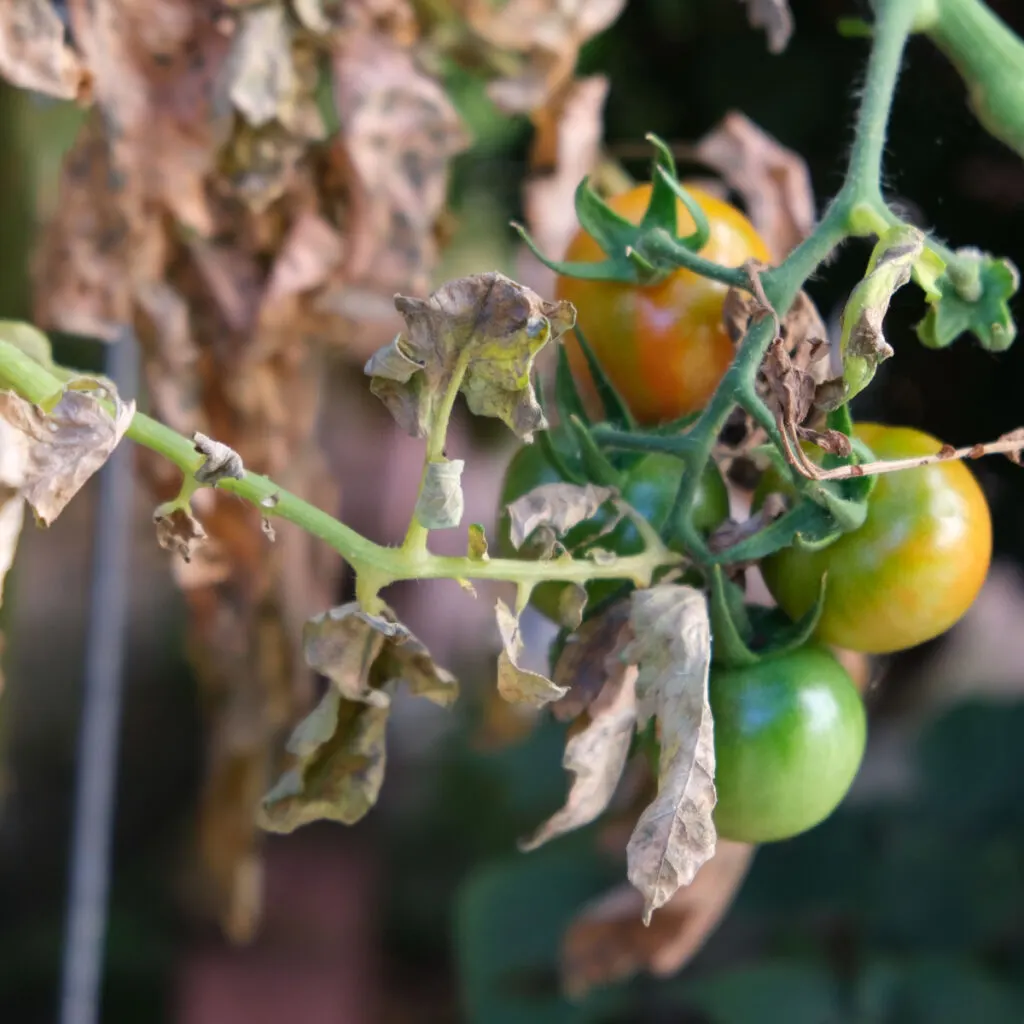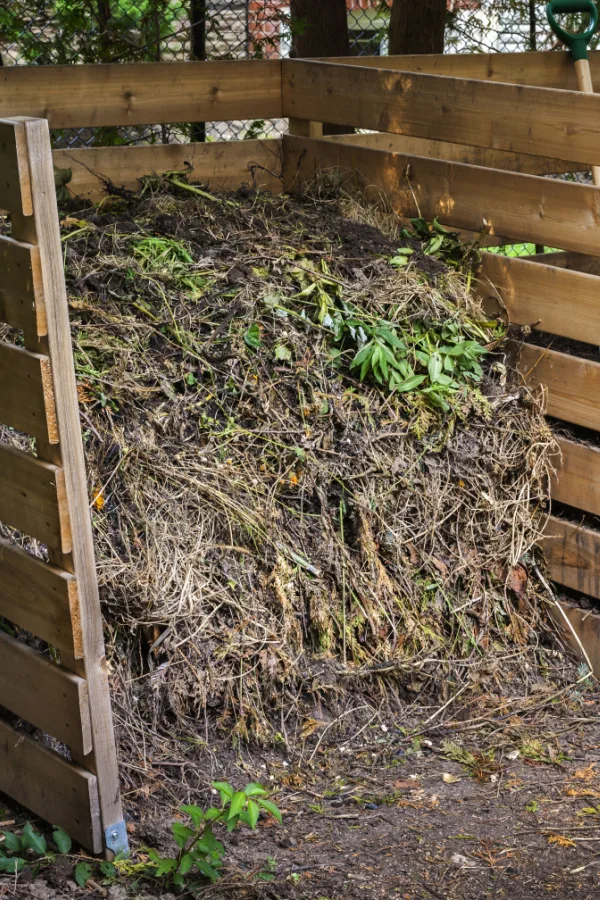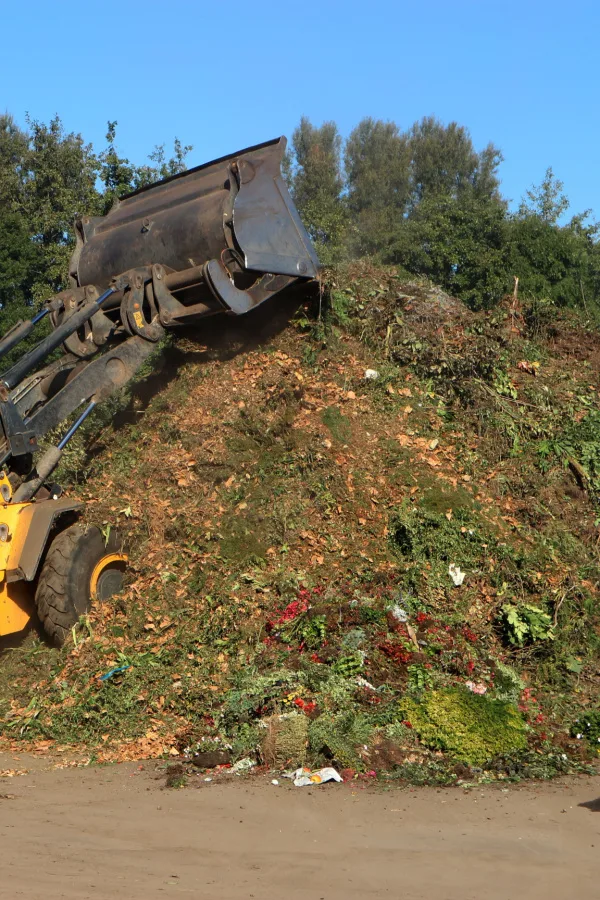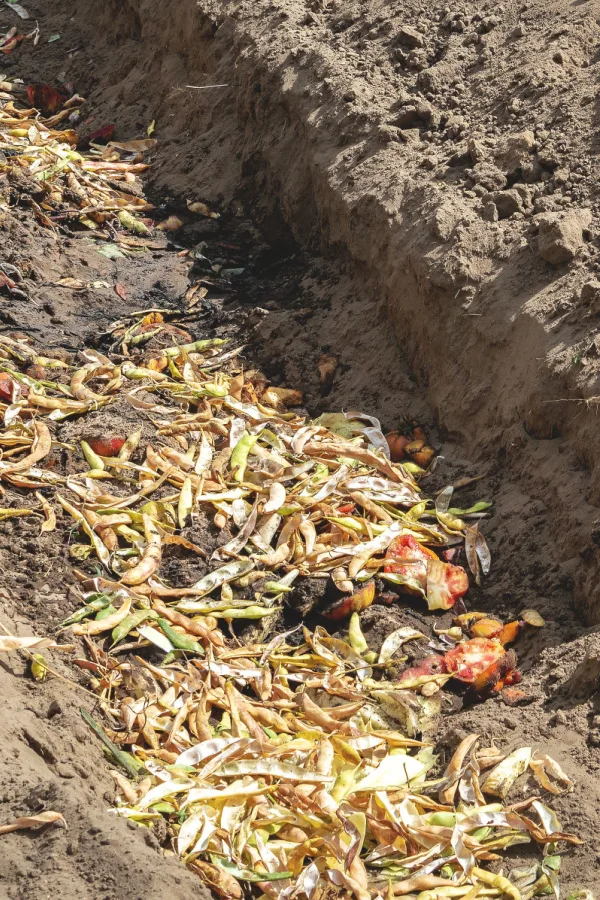Did you know that what you do with your old, dying tomato plants in the fall can make a huge difference in the overall health of the soil in your garden – and how your tomato plants perform next year?
It’s true! Believe it or not, there are actually a few critical mistakes that many gardeners make with their old tomato plants at the end of the garden season – and those mistakes not only lead to all kinds of issues with their garden soil’s health and vitality, but also the amount of disease, pests and weeds they face next year too.
One thing is for sure, one of the best things you can as the gardening season comes to a close is clean out your garden. If left in place, dying and decaying plants will cause serious long term problems. But, when it comes to tomato plants, what you do with them after you clear them out can also play a role in next year’s success as well.

As you will see below, tomatoes are one plant that need to be disposed of quickly and carefully at the end of the growing season. Typically by the end of the growing season, tomato plants can have a lot of issues. And if not handled promptly and correctly, those problems will multiply and spread next year.
With that in mind, here is a look at the best way to handle your tomato plants as they die off – and keep next year’s garden and soil safe in the process!
What To Do With Dying Tomato Plants In The Fall
Removing Old Tomato Plants Immediately
The first step in creating a healthy and plant-ready garden for next spring is to take care of the dying plant debris at the end of the growing season. This includes all your vegetable crops, but especially tomato plants. (See, “Why & How To Clear Out Your Garden In The Fall“)
As soon as your tomato plants start to die back or show signs of any disease, it’s time to get them out of their growing space. This includes traditional garden spaces, raised beds, and growing containers.
Dying and decaying tomato plants and their dropped fruit are a host for all sorts of issues and problems. Powdery mildew, whiteflies, aphids,raccoons and a host of other pests are all attracted to decaying tomato plants.
And as their numbers multiply, those pests can lay eggs that can overwinter in the soil to come back even worse next season. Beyond insects, rotting fruit also attracts unwanted animals as well. But perhaps an even bigger danger in leaving your plants up is late season tomato blight.
Avoiding Tomato Blight – What To Do With Dying Tomato Plants In The Fall
One of the worst issues that attacks tomatoes late in the growing season is blight. This soil-borne disease spreads through tiny spores in the soil. These spores arrive by blowing winds, traveling animals, or even rainfall.
Blight causes devastating damage to tomato plants. And it can even affect other susceptible crops that grow nearby. Unfortunately, when blight occurs and the spores are in the soil, it becomes difficult to remove and will continue to affect plants for several years afterward.
Any tomato plant showing signs of late season blight should be removed as soon as possible. In addition, by removing tomato plants that are dying as well, you lower the chance of them being infected by passing spores.
The simple fact is, the longer tomato plants are allowed to stay in the soil, the higher the chances problems will arise. And not only can it affect your tomato plants, but other vegetable plants nearby as well.

What To Do With Your Tomato Plants After You Remove Them – What To Do With Dying Tomato Plants
What you do with your tomato plants after you remove them is equally important to getting the dying plants out of your garden as fast as possible. The one thing you don’t want to do is add the plants or any decaying fruit to your compost pile. And for a myriad of reasons!
Unfortunately, most home compost piles are not able to reach high enough temperatures to properly kill off unwanted pathogens, disease, or the many seeds that tomatoes contain. Once the compost breaks down, any disease that is present can then appear wherever you use the compost
This is most likely right back in your garden space! This will result young, tender plants quickly getting infected. It’s a vicious cycle that can be stopped easily by simply keeping all tomato foliage out of home compost piles.

The same principle goes for the tomato fruit as well. Each tomato fruit is packed full of tiny seeds just waiting to find the right conditions to germinate and grow. Because home compost piles don’t get hot enough to kill the seeds of tomatoes and other vegetables and fruit, those seeds just sit and wait dormant in your compost.
When you go to use the finished compost in the springtime, the hundreds upon hundreds of seeds are now able to germinate and grow. This result will be tons of volunteer plants wherever you use the compost.
The Best Ways To Dispose Of Old Tomato Plants – What To Do With Dying Tomato Plants In The Fall
So what is the best way to dispose of old tomato plants without danger? There are actually a couple of methods that are safe and effective. One of the easiest and safest is if you happen to have a nearby local compost facility.
Many communities or local municipals have composting facilities where people can drop off yard waste for composting. This includes leaves, twigs, and plant debris that you’ve cleared from your garden or property.

The advantage of these facilities over home composting is they employ high heat composting. And it effectively kills off any and all pathogens and seeds. It’s something your home compost pile just can’t accomplish. The end result is an amazing, nutrient-packed compost that is safe from diseases and unwanted seeds.
Before dropping off any materials, check with your local composting facilities for their rules and regulations. You will likely need to use approved containers for holding the plant material.
Don’t forget to pick up any plant debris that has already fallen to the ground. This also includes any rotting or fallen fruit and vegetables as well. Not only will it keep volunteer seeds from sprouting, but it will keep out animals too.
Trench Composting
A great, environmentally friendly method of getting rid of old tomato plants is to use trench composting. This age old method of composting is essentially digging a deep hole or trench and burning the plant material. See: How To Trench Compost
The key to having this method work with tomatoes is to ensure that the hole you create is not in a location where you will be growing vegetables and plants in the future. This way, no there is no chance of any disease spreading via the soil as the plant material breaks down.

You get to add a few nutrients left from the old tomato plants back to the soil. And at the same time, you keep materials out of the local landfills.
Burning Plant Debris – What To Do With Dying Tomato Plants In The Fall
The last option is to burn the old tomato plant debris away from the garden space. Of course, it goes without saying that this is not possible in all areas. Keep in mind that not all communities allow burning or could have a burn ban in place. It’s always important to to check your local regulations first.
Burning the tomato plant foliage and fruit will kill off any pathogens, diseases, and seeds. There is some debate on whether it is safe to add the ashes into home compost piles or whether to leave them out, but to play it on the safe side, many choose to simply bury the ashes.
One thing is for sure, no matter how you dispose of your dying tomato plants, getting them out of your garden quickly is a must. It is the best way to ensure that your growing spaces will be ready for planting when spring rolls around – disease and volunteer plant free!
Follow Our Facebook Page For Even More Great Tips! Simple Garden Life Facebook Page
Simple Garden Life is a website dedicated to keeping gardening fun, simple and enjoyable! We publish two new articles each week along with a new garden podcast episode every two weeks. This article may contain affiliate links.
